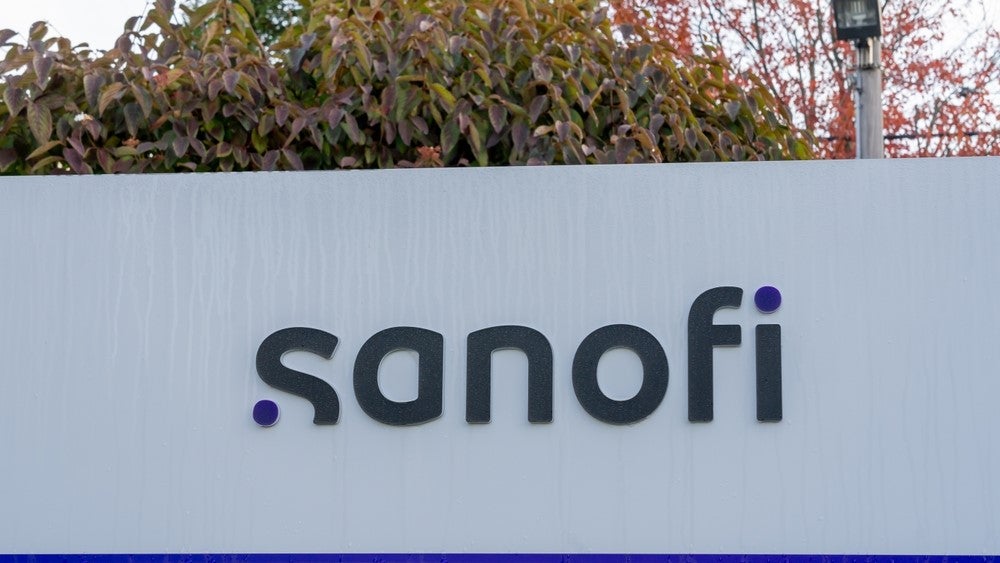
Xenon’s XEN1101 for focal epilepsy will likely achieve its Phase II primary endpoint, but pessimism over the drug’s ability to generate seizure freedom means it’s unlikely to ever be a major epilepsy player, experts said.
Because the Phase II lacks an endpoint assessing seizure freedom, experts are wary that XEN1101 would provide any real clinical benefit to patients. Seizure freedom, these experts said, is a much more clinically meaningful outcome than XEN1101’s primary efficacy endpoint of change in monthly seizure frequency, which holds little value in real-world settings. Still, the Phase II will likely advance to a later-stage trial.
In addition, the Phase II’s 56-day length is too short to determine long-term efficacy. But because epilepsy trials tend to enrol patients at their worst, shorter trials are more likely to see some improvement in these patients regardless of treatment, experts said.
Because XEN1101 is more specific than earlier-generation potassium channel modulators, it is unlikely to demonstrate the same safety concerns that befell GlaxoSmithKline’s Potiga (ezogabine), a potassium channel researcher said. Potiga, which gained FDA approval for epilepsy in 2011, was withdrawn from the market in 2017 due to retinal abnormalities, potential vision loss, and blue skin discoloration.
But even still, because most patients don’t have epilepsy driven by the potassium channel, XEN1101 will likely become another one of many anti-epileptic drugs that only works for a certain subset of patients, experts said. And currently, determining whether a patient will respond to this target—as is the case with many epilepsy targets—is trial and error, they added.
Xenon did not respond to a request for comment. A GlobalData consensus projects global peak sales of $309m in 2027. Xenon has a market cap of $811.36m.
How well do you really know your competitors?
Access the most comprehensive Company Profiles on the market, powered by GlobalData. Save hours of research. Gain competitive edge.

Thank you!
Your download email will arrive shortly
Not ready to buy yet? Download a free sample
We are confident about the unique quality of our Company Profiles. However, we want you to make the most beneficial decision for your business, so we offer a free sample that you can download by submitting the below form
By GlobalDataTrial design raises experts’ eyebrows
Based on existing clinical and preclinical data, an epilepsy researcher who has advised Xenon on XEN1101 development said he expects the drug to advance to a later-stage trial after meeting statistical significance for its endpoints. The transcranial magnetic stimulation biomarker for corticospinal and cortical activity, which was assessed in a Phase I, indicated XEN1101 is effective at counteracting seizures, according to a company presentation.
Dr Ley Sander, neurologist and head, Department of Clinical and Experimental Epilepsy, University College of London, UK, agreed with the epilepsy researcher in terms of trial success and continuation. That said, the drug “will not be a major gamechanger” in the epilepsy space should it eventually come to market, the epilepsy researcher said. Sander again concurred, noting without a seizure freedom endpoint, XEN1101 has little potential to significantly impact the epilepsy space. Without attaining seizure freedom—which allows patients to drive and perform many everyday tasks—most clinicians will not stick with a drug and resort to trying alternatives, they said.
The ongoing Phase IIa’s primary endpoints are median percent change in monthly focal seizure frequency up to 56 days and the number of adverse events (AEs), according to ClinicalTrials.gov. Secondary endpoints include the number of patients experiencing at least a 50% reduction in seizures, but there is no explicit endpoint assessing seizure freedom.
In addition, the 56-day period of the XEN1101 primary outcome makes it difficult to determine the drug’s long-term effect, Sander said. Ideally, the trial would measure outcomes for one year, as most clinicians switch away from antiepileptic drugs after two to three months if they do not show signs of seizure freedom, he added.
Furthermore, in epilepsy trials studying therapies as an adjunctive—as is the case with XEN1101—it can be difficult to tell whether improved efficacy is the result of the adjunctive therapy itself or a cross-interaction with a background therapy, explained Dr Tony Marson, professor, neurology, University of Liverpool, UK. The trial’s inclusion criteria require patients to have a stable background dose of one to three antiepileptic drugs, according to ClinicalTrials.gov.
Still, this concern exists for all epilepsy trials, as new treatments are typically first tested as an adjunctive, he added. The majority of epilepsy patients—around 60%—are on only one antiepileptic drug, with only around 1% on three, Marson added.
Better target has population niche, but could bolster safety
By activating the current potassium channel, XEN1101—like Potiga—can reduce seizures by reducing neuronal excitability, said Geoffrey Abbot, PhD, professor, Physiology and Biophysics, University of California Irvine. Marson said he expects XEN1101 to be effective, but the percentage of epilepsy patients who would benefit from the potassium channel opener is more unclear. Most epilepsy is not caused by current dysfunction, but other forms of epilepsy can be treated by opening that channel, he explained.
Sander and the epilepsy researcher agreed that, based on their previous experience with Potiga and potassium channel openers, XEN1101 was unlikely to work for a large number of epilepsy patients. Instead, they said, it would likely be one of many drugs in a crowded field that can marginally help some patients.
In terms of safety, because XEN1101 more specifically targets KCNQ2, a voltage- and lipid-gated potassium channel protein, it could have an improved safety profile over Potiga, which primarily targets KCNQ3, Marson said.
In 2013, the FDA issued a boxed warning for Potiga, citing risks of retinal abnormalities, vision loss, and blue discoloration of the skin and nails. Potiga was also associated with bladder emptying, Marson added. GSK withdrew the product from market in June 2017.
The bladder issues with Potiga, Marson explained, are likely related to KCNQ channel opening because other KCNQ channels are expressed in bladder smooth muscle. But KCNQ2 specifically does not open the bladder channel and is largely not expressed in other tissues, meaning this safety concern is less likely to occur in XEN1101, he added. In the Phase I study, no pigmented dimers were detected and there were no serious AEs, according to a company presentation.
William Newton is a Healthcare Reporter for Clinical Trials Arena parent company GlobalData’s investigative journalism team. A version of this article originally appeared on the Insights module of GlobalData’s Pharmaceutical Intelligence Center. To access more articles like this, visit GlobalData.







